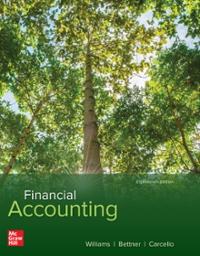
What were Keyness thoughts on fiscal policy?
What is supply side economics.
Discuss the trickle down effect.
A northern European country experiences frequent rain and sometimes hail. Although the risk of damaging hail in the country is generally very low, there have been three severe hail events historically where there have been large sized hailstones causing motor car damage. A large general insurance company writing motor insurance in the country wants to design a hail catastrophe model that it can use for pricing. List six other perils that a catastrophe model may be used for. [3] Suggest how the event module can be created to model hail risk. [4] Suggest the primary data sources used as input for the other modules in this hail catastrophe model. [3] (Total 10] A general insurance company has been asked to quote for a professional indemnity policy. The pricing actuary will use a frequency-severity approach to calculate the risk premium. The broker offering the business has provided 10 years of historical claims data. Outline other information or data that the pricing actuary is likely to need in order to derive the claims severity distribution. [5] The pricing actuary wants to fit a lognormal distribution to the claims severity. The average cost of claims is $5.96m and the standard deviation is $1.04m. Calculate the parameters of the fitted lognormal distribution, using the method of moments. [41 (ifi) Describe how the pricing actuary could check whether the lognormal distribution is a good fit. [4](5 points) You are using the following assumptions to set the premium for a one-year policy: The premium will be collected at policy inception. Expenses of 26 will be paid at policy inception. Losses are expected to be 70 and will be paid at policy expiration. The target total rate of return is 15%. Investable assets are equal to premium minus expenses plus owners' equity. The ratio of premium to owners' equity is 2 to 1. The investment return is the risk-free rate of 1.75%. The tax rate on all income is 35% and taxes will be paid at policy expiration. (a) (1.5 points) Calculate the premium using the Target Total Rate of Return Model. The Risk Adjusted Discount Technique produces the same premium as determined in part (a). (b) (1.5 points) Determine the implied risk-adjusted rate for losses. Your company is considering quota share reinsurance. Two reinsurers have offered the following terms: . Reinsurer A: 60% of premium ceded with commission rate the same as the current expense ratio, payable at policy inception. . Reinsurer B: 40% of premium ceded with commission rate of 30%, payable at policy inception. Your company's equity is reduced to maintain the ratio of premium to owners' equity at 2 to 1. The two proposals are to be evaluated based on the resulting Total Rate of Return. (c) (2 points) Calculate the Total Rate of Return under each reinsurance offer









